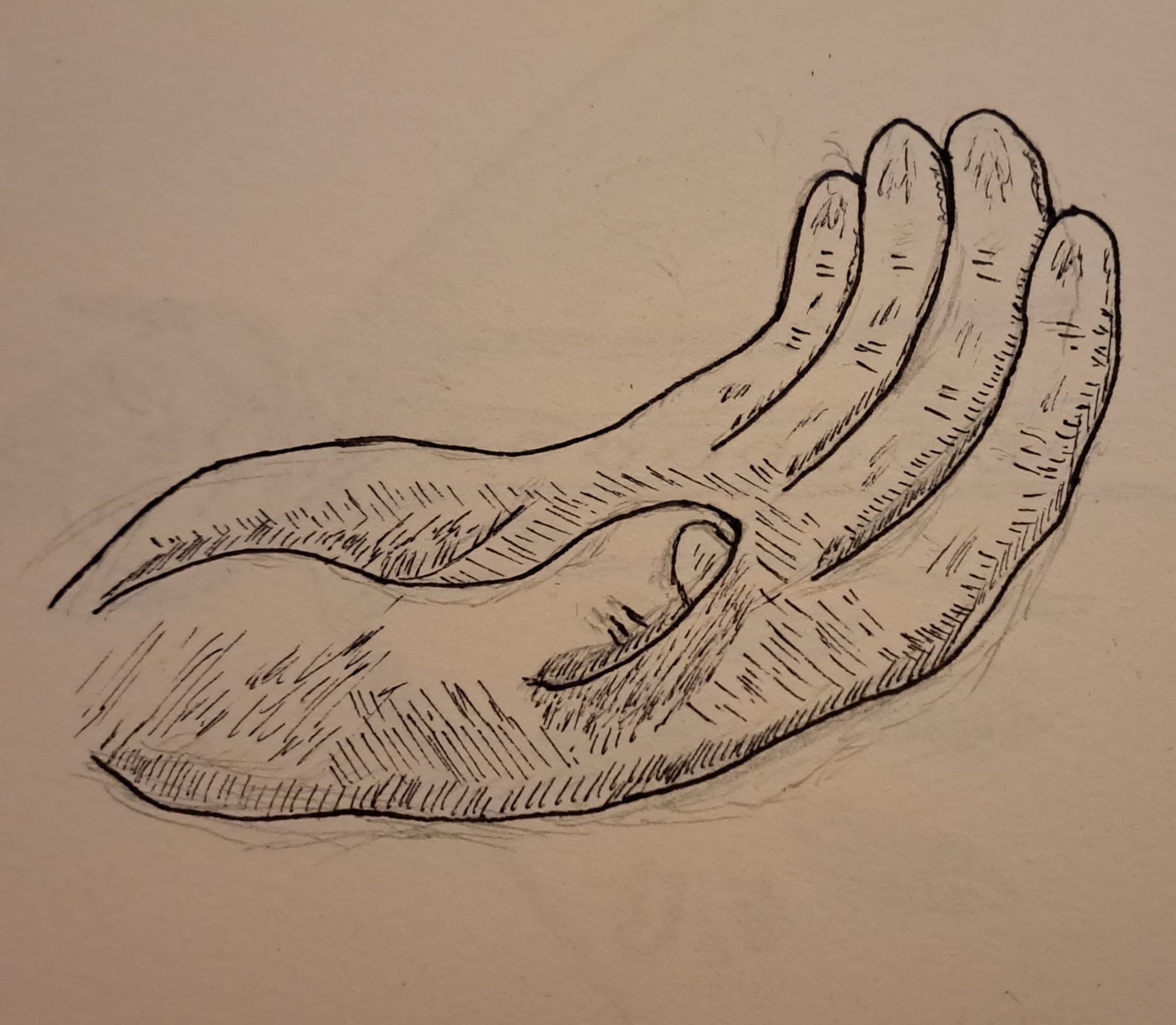Animal Grief: Another Understanding of Death
Death is not a human construct, and neither is grief. The absence following existence affects all that surrounds it and we are not the only ones to acknowledge it.
Lire en français
Cult of death has long been one of mankind's cornerstone in terms of acknowledgement of the abstract, understanding of the universe and the sacred. Rituals of the last rites to honour death and most commonly celebrate a person's life.
Research in ethology (a branch of zoology studying animal behaviour) has focused in recent years on the way animals mourn their own. While the outcome showed animals do not care for deaths in animals of other species except in some specific cases, such as death of an individual of another species replacing a child, theories are still ongoing as to how animals treat death, a scientific discipline known as thanatology.
Mourning is not universal
As we said before, it is difficult not to project our own humanity onto subjects we have so few knowledge of especially in this field. Now the opposite is also true, we should not dismiss the capacity of animals to produce a form of ritual mourning, just maybe not something akin to what humans do. Scientists studying behavioural patterns in apes came out with different hypothesis, for example:
- Female chimpanzees and even other members of the community have been seen still carrying a deceased youngling, making a fruitless effort to keep them around. Here, scientists' main theory explains the females try to cope with emotional distress caused by the brutal severance of the relationship with their young. Therefore these behaviours would not adapt to mourning per se but to the loss of a strong relationship.
- They, the female chimpanzees, will carry the infant for a shorter period of time if the corpse possesses traces of harm meaning they can understand injuries can mean death.
- Crows witnessing the corpse of one of their own's will gather into a murder and produce a cry specific to the situation. The reason is still unclear whether their aim is to alert of a potential danger or acknowledgement of the death.
Theorise more with so few
Data is scarce because only in the wilderness genuine behaviour can be witnessed, therefore observations can only be applied to individuals or smaller communities not the whole species. In any case, early explications show some animals (apes, elephants) have at least an understanding of what death is and what it entails. This could also lead us to understand a different, yet rich habit to mourning. We already observe mourning in animals is more about acknowledging the loss of a relationship than what most human societies have developed to be a fear of death and the hereafter, and existence's value; during our early years as children, we first conceive death as the definitive loss to act which is also connected to the very first and instinctive response some animals have concerning the lifeless body of another when they try to revive them, sometimes for a long time.

